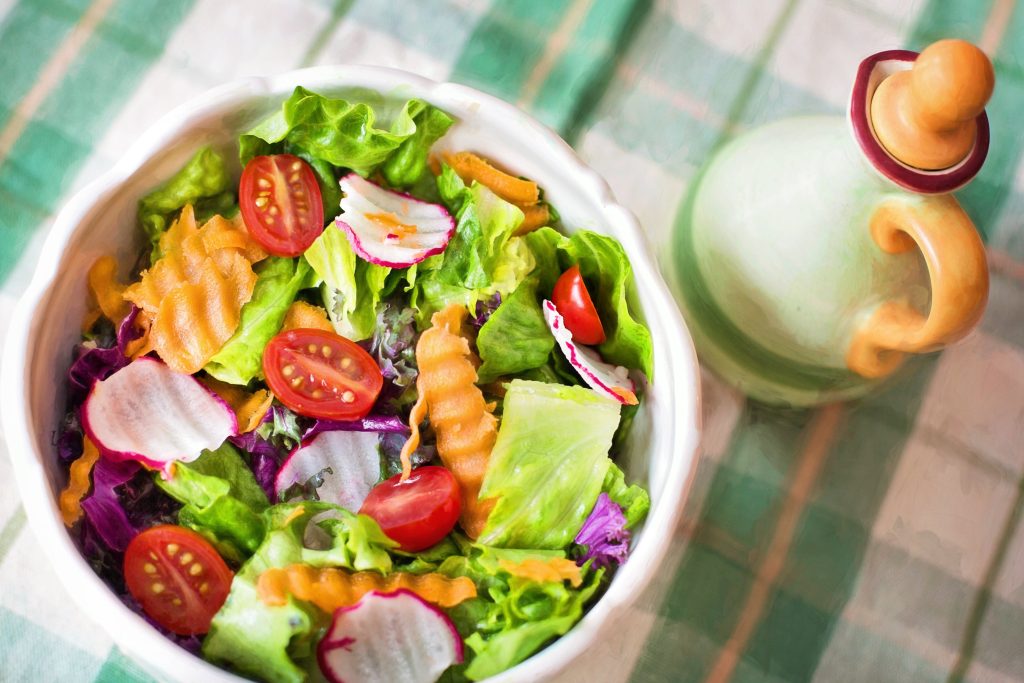Contrary to appearances, dieting is not always used to lose weight. It often happens that it is necessary for the proper functioning of the body and the organs that are located in it. The pancreatic diet, which is dedicated to people suffering from chronic or acute pancreatitis, is just such a diet. The pancreas is one of the organs that plays a key role in the proper digestion of food. Pain on its part is a signal that some changes need to be made in our diet. Patients with a diseased pancreas often ask themselves what to eat on a pancreatic diet – we tell them what to eat and what to avoid.
What the pancreas is responsible for
The pancreas is an organ responsible for the production of enzymes, which are then secreted into the digestive system and participate in the digestion of carbohydrates, proteins and fats. In addition, the tasks of the pancreas also include the production of hormones – insulin and glucagon.
Unfortunately, it is becoming more and more common to encounter pancreatic diseases, which usually appear as a result of an improper diet. The most common are: chronic pancreatitis (PZT) and acute pancreatitis (AP).
In acute pancreatitis, digestive enzymes in the pancreas are activated before they even enter the gastrointestinal tract. As a result, the organ self-digestion occurs. The most common symptoms include abdominal pain, nausea, vomiting and bloating. In some situations, intestinal obstruction, breathing problems, circulatory disorders or kidney failure may also occur. With acute pancreatitis, it is necessary to be treated in a hospital and follow a proper diet.
Chronic pancreatitis occurs when there are progressive changes in the pancreas. As a result, the organ is seriously damaged and the digestive processes are disturbed. The most common symptoms of chronic pancreatitis are: severe abdominal pain, bloating and diarrhea. In the case of chronic pancreatitis, irreversible damage to the organ is very common. At that time, the treatment and proper pancreatic diet are valid for the rest of life.
The most frequently mentioned causes of pancreatic insufficiency include excessive alcohol consumption, smoking, and diabetes. Gallstones are also often the cause.
Diet for a diseased pancreas – what is it all about?
Abdominal pain, nausea or bloating are just a few of the ailments that may indicate pancreatic diseases. The pancreatic diet is designed to relieve the diseased organ and prevent the unpleasant ailments that accompany pancreatitis. In the case of acute pancreatitis, it is mainly used during the treatment period, while in the case of chronic pancreatitis, it should be used all the time, as it is responsible for vitamin supplementation and reducing nutrient deficiencies and stopping weight loss.
What should be the diet in the treatment of pancreatic diseases
In the case of acute pancreatitis, dietary management, at least at the beginning of the onset of gastrointestinal complaints, requires a complete cessation of food and drink consumption. Such a solution will provide temporary peace of mind to the sick pancreas. In acute pancreatitis after several dozen hours of fasting, oral nutrition is used. When the patient feels better, then a wholesome diet can be followed.
In the case of pancreatic diseases, it is recommended to follow a low-fat and easily digestible diet with limited fat and dietary fiber. Therefore, the menu should be rich in carbohydrates and limit the fat content. Dietary recommendations also set a high calorific value of meals, even at the level of 2500-3000 kcal per day, which should be divided into 5-6 meals eaten at regular intervals.
Pancreatic diet – what you can eat
The list of products allowed on the pancreatic diet is very rich – so it is an excellent base for composing diverse and nutritious meals. The products recommended for the pancreatic diet are:
Bread: wheat bread, light rolls, rusks, biscuits, fine groats,
Meat: poultry, lean veal, lean beef, rabbit, turkey,
Dairy: skim milk, low-fat fermented dairy products, low-fat white cheese;
Fish: cod, trout, hake, zander, pike,
Vegetables: baby carrots, pumpkin, parsley, celery, peeled tomatoes,
Fruits: ripe forest fruits, seedless grapes, citrus, peaches, bananas, apricots,
Beverages: cereal coffee with skimmed milk, weak tea, herbal and fruit teas, fruit and vegetable juices, still mineral water
Spices and herbs: green parsley, dill, lemon balm, marjoram, cinnamon, vanilla.
What to avoid on a pancreatic diet
Bread: rye bread, wholemeal bread, graham bread, crispbread, bread with sunflower seeds, soybeans, bran and confectionery bread,
Meat: pork, mutton, venison, tripe, fatty meats
Fatty fish: salmon, herring, sardines, eel, carp,
Vegetables: cruciferous vegetables, onions, garlic, leeks, dry legumes, cucumber, radish, cauliflower, green beans, green peas, pickled and salted vegetables,
Fruits: pears, dates, cherries, figs, pickled fruit, fruit puree
Beverages: alcohol, coffee, strong tea, cocoa, full-fat milk, full-fat kefir, sodas
Fats: hard margarines, cooking fats, lard, bacon, bacon,
High-fat dairy products and products, fatty cheeses, cheeses, fat milk;
Fatty cakes.
